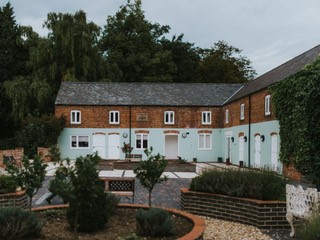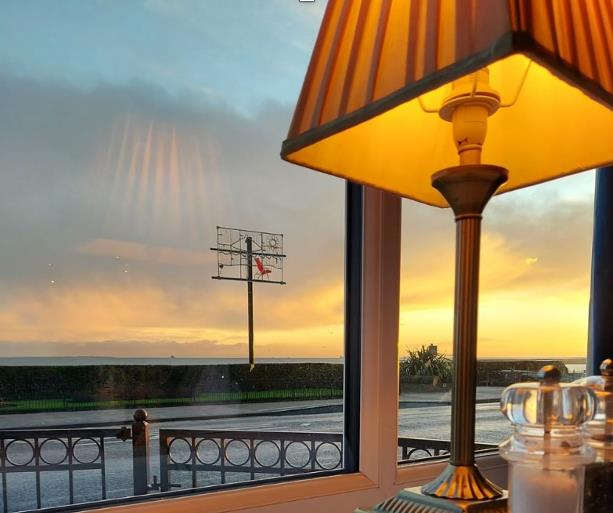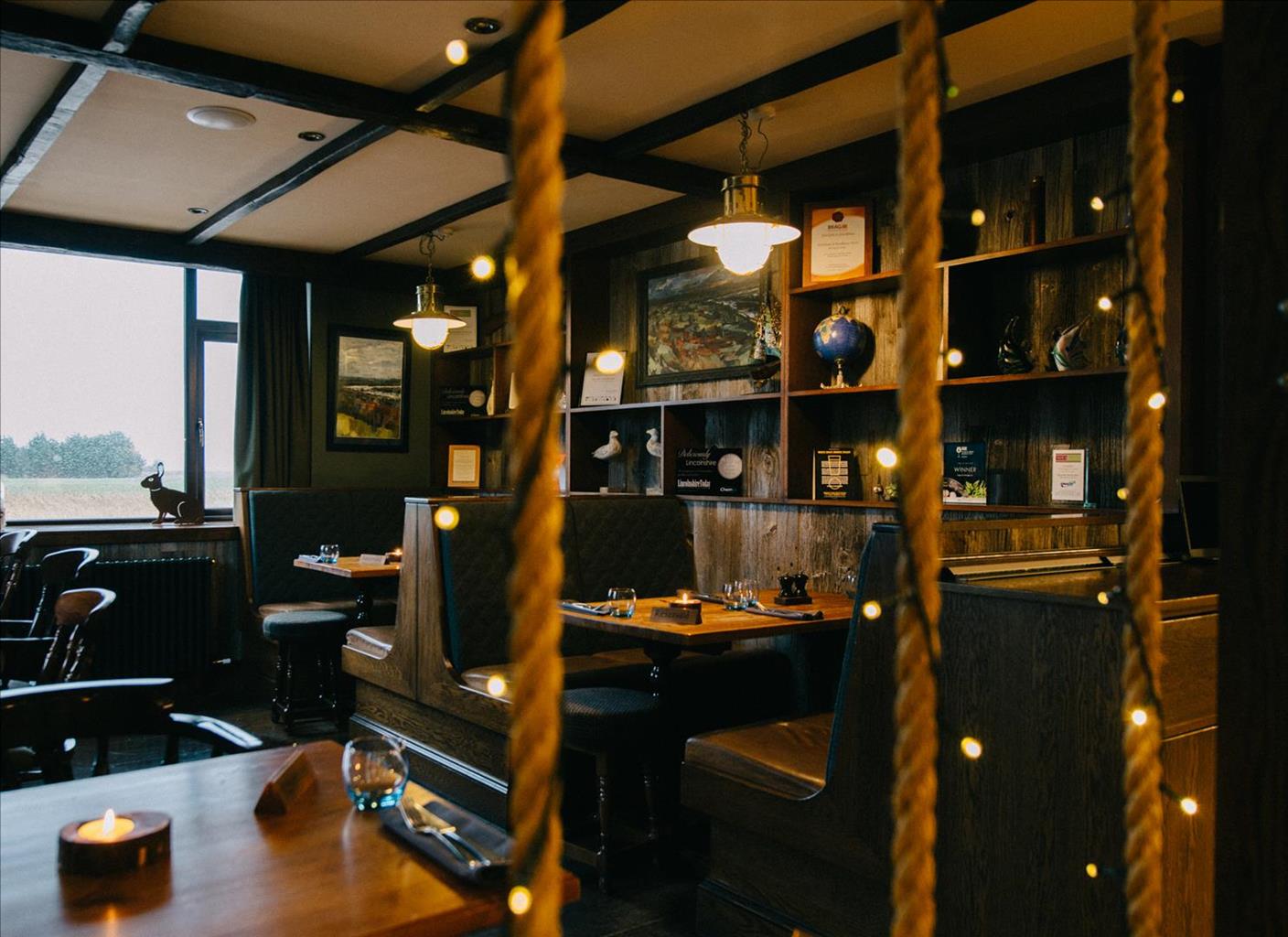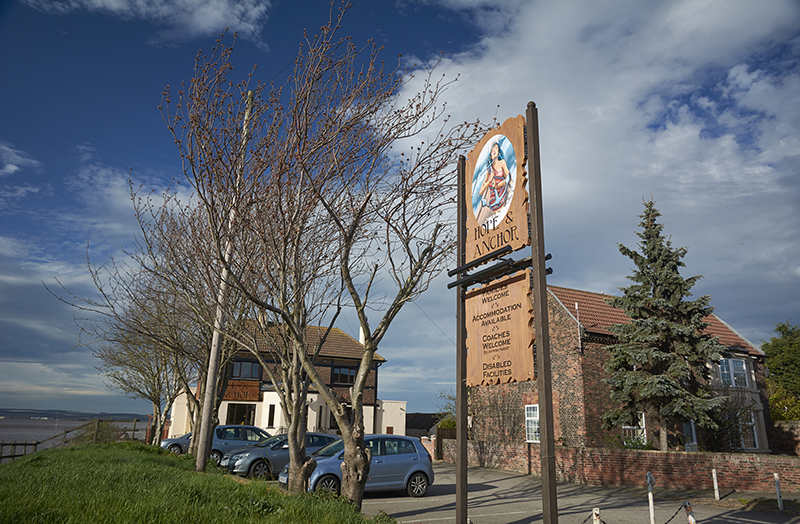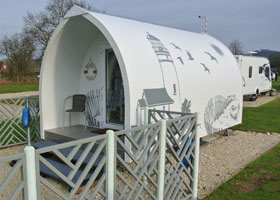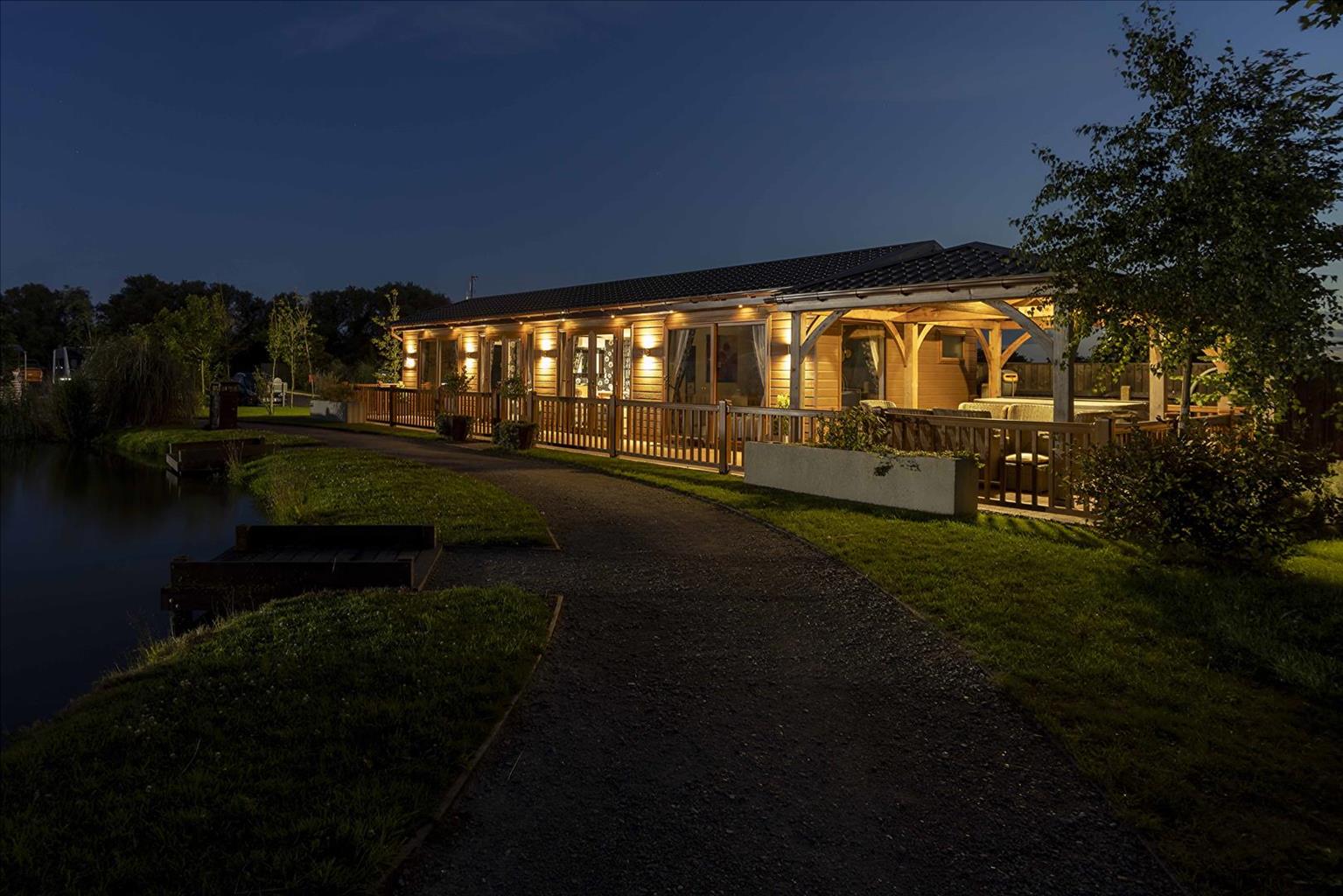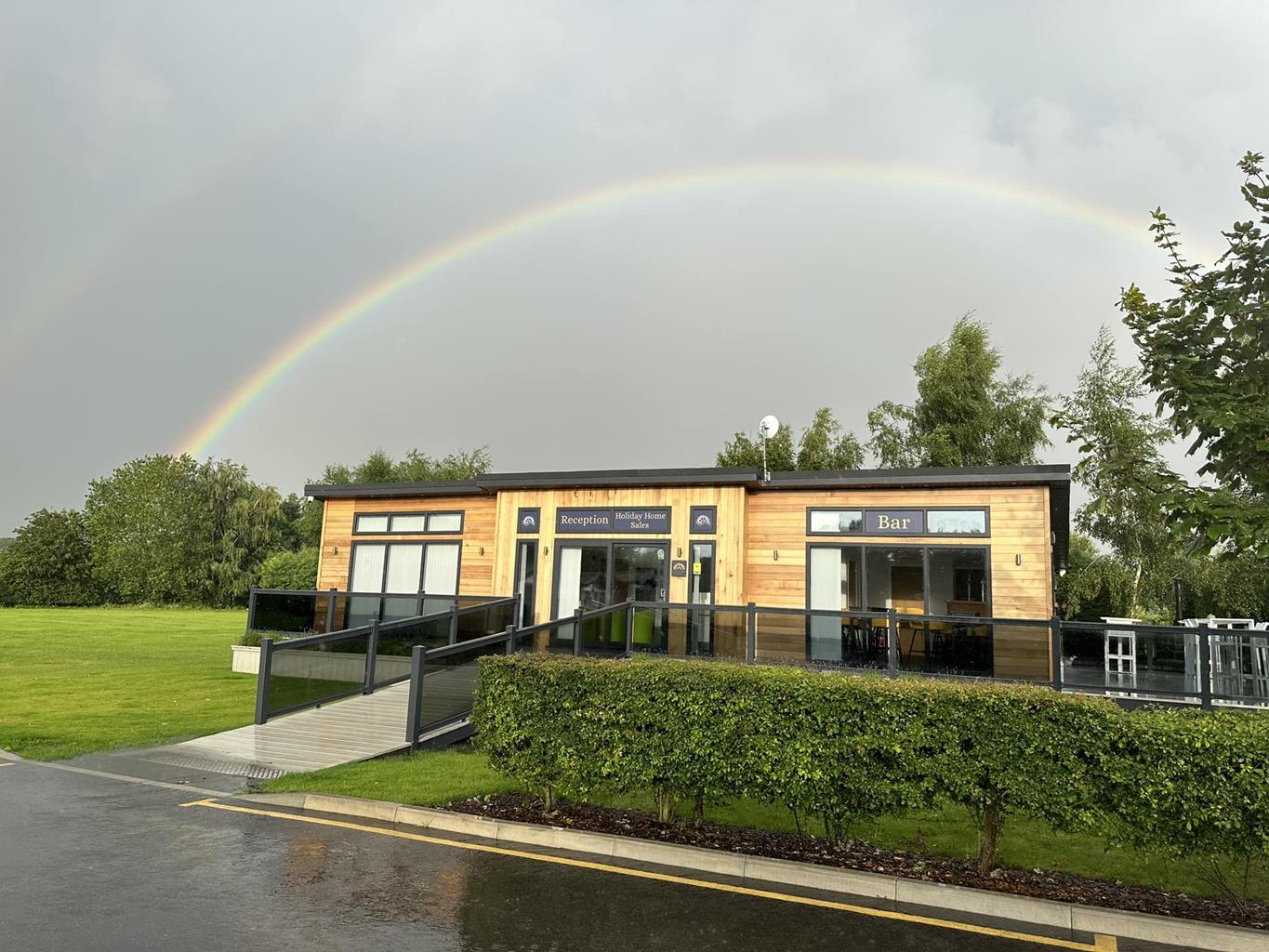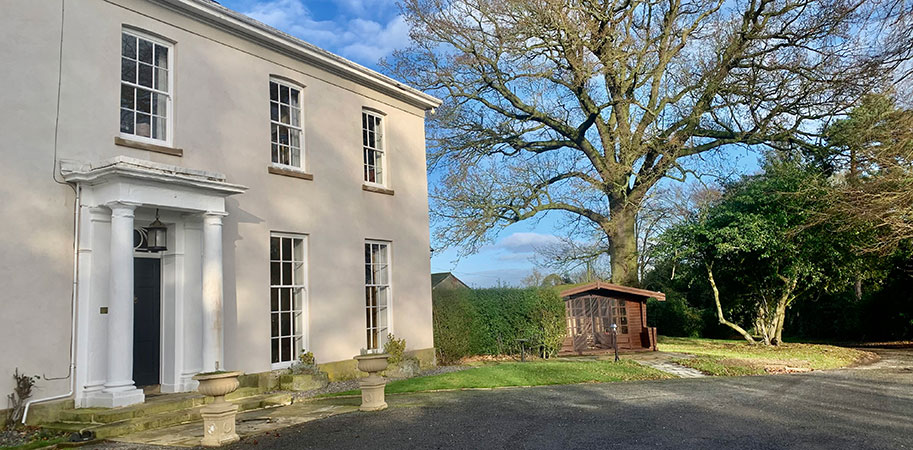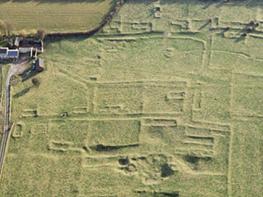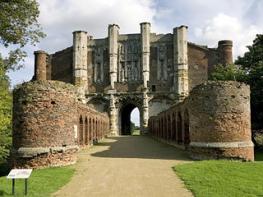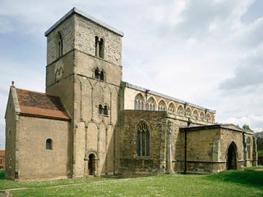Wolds View Country Park is an adult-only site set in the Lincolnshire Wolds with wide access,…
North Wold's geology

Walk to the top of the Wolds to unearth the origins of Lincolnshire's gentle hills.
6.75 miles (10.9kms)
About the walk
Caistor's origins are Roman, its name Castra meaning camp or fortification, and small fragments of the original encircling wall still remain in the vicinity of the church. Ermine Street passed close by, and a short hillside track joined Caistor to the important north–south route from the Humber to the Roman fort of Banovallum (modern-day Horncastle). Caistor town centre has several impressive Georgian houses, but sadly few from earlier times, since a disastrous fire in 1681 burnt down most of the town.
Geology and conservation
Caistor and Nettleton sit at the foot of the sharp western escarpment of the Lincolnshire Wolds, a modest but undulating series of chalk uplands in the county's north east corner, which form the highest land on England's eastern seaboard between Yorkshire and Kent. The high point is Normanby Top, just off the walk, at the dizzying height of 550ft (168m)!
The main rocks of the Wolds – chalk, limestone and sandstone – were laid down during the Cretaceous era around 65 million to 135 million years ago. Overlying sands and gravels came later, during the ice ages of the Pleistocene era, around 1.8 million years ago. Although dominated by a thick band of chalk, the western fringes of the Wolds have deposits of ironstone which was mined during the last century near Nettleton Top. The ore was taken down the hillside and transported by rail to Scunthorpe for smelting. The machinery has disappeared, but the mounds and scars are still evident today.
The high chalk Wolds have poor, thin soils, and are mainly, but not exclusively, grazed by sheep. However, in the south of the Wolds the chalk is covered with deposits of boulder clay, gravel and sand, which give rise to better agricultural soils. Although some villages even had their own brickworks, the chalk has also been quarried for building stone.
The Wolds were designated an Area of Outstanding Natural Beauty in 1973. The Lincolnshire Wolds Countryside Service aims to promote the landscape and its conservation, and improve opportunities for quiet recreation. They produce a regular guide and organise guided walks and events. Visit www.lincswolds.org.uk to find out more.
Walk directions
Walk down the ramp from the car park and cross the road to the Market Place, then continue straight ahead down Plough Hill. At the end continue, swinging right along Nettleton Road. When it becomes Richards Row, look for a footpath along a passageway between houses on the opposite side of the road. Now thread your way left through a small estate, all the time following the Viking helmet waymarks for the Viking Way.
Cross over Caistor bypass and go directly ahead through fields towards Nettleton, veering diagonally left in the last to skirt a modern bungalow. Turn right into the lane below, and walk to the junction in the middle of the village. Go left on Normanby Road. In a little over 0.25 miles (400m), leave the lane for a private drive on the left, indicated 'public bridleway', by a house called Hazeldene.
Follow this route as far as Nettleton Grange, then veer left with the track as it goes through a gate beside the Nev Cole Memorial Stile. On the far side of the gate turn right (the main track goes straight on) and for 0.5 miles (800m) follow a public footpath alongside Nettleton Beck, keeping the stream and ponds on your right. The path, which can be boggy in places, eventually climbs a rough grassy hillside to emerge on a surfaced lane.
Turn left and walk along the lane uphill for 150yds (137m) until a sign points you right for a track into woodland. Follow the undulating path past bricked-up tunnel entrances, the remains of former ironstone workings.
Go through two gates to emerge onto open pasture and a route that again keeps to the left of Nettleton Beck. When the stream disappears into a spring, continue up the shallow valley floor. Turn right at the top on to a farm track (bridleway) and walk along to the lane at the end near Acre House.
Turn right, and follow this pleasant lane, via Nettleton Top, all the way back to the village of Nettleton. There are superb views over the flat plain of North Lincolnshire to South Yorkshire and the Humber, with the towers of the Humber Bridge visible on a clear day and the Yorkshire Wolds beyond. At Nettleton retrace your steps back to Caistor.
Additional information
Field paths and country lanes, can be muddy, 1 stile
Ridge of chalk hills with shallow, grassy valleys
Close control near livestock
OS Explorer 282 Lincolnshire Wolds North
Public car park behind town hall, Caistor (follow signs)
By car park
WALKING IN SAFETY
Read our tips to look after yourself and the environment when following this walk.
Find out more
Also in the area
About the area
Discover Cambridgeshire
To the west of East Anglia is Cambridgeshire, a county best known as the home to the university that makes up the second half of ‘Oxbridge’ (the other half is Oxford). As well as its globally renowned educational credentials, it also has a rich natural history; much of its area is made up of reclaimed or untouched fens. These are low-lying areas which are marshy and prone to flooding. The lowest point in the UK is at Holme Fen, which is some 9 feet (2.75 metres) below sea level. Some of the fens had been drained before, but it was in the 19th and 20th centuries that wide-spread, successful drainage took place, expanding the amount of arable and inhabitable land available.
Ely Cathedral was built on an island among the swampy fens, but now sits among acres of productive farmland, albeit farmland criss-crossed by miles of flood-preventing watercourses. Oliver Cromwell was born in Ely, and his family home can still be visited. Cambridge itself is a beautiful and historic city, with any number of impressive old buildings, churches and colleges, and plenty of chances to mess about on the River Cam which gave the city its name.
Nearby stays
Restaurants and Pubs
Nearby experiences
Recommended things to do
Why choose Rated Trips?
Your trusted guide to rated places across the UK
The best coverage
Discover more than 15,000 professionally rated places to stay, eat and visit from across the UK and Ireland.
Quality assured
Choose a place to stay safe in the knowledge that it has been expertly assessed by trained assessors.
Plan your next trip
Search by location or the type of place you're visiting to find your next ideal holiday experience.
Travel inspiration
Read our articles, city guides and recommended things to do for inspiration. We're here to help you explore the UK.


